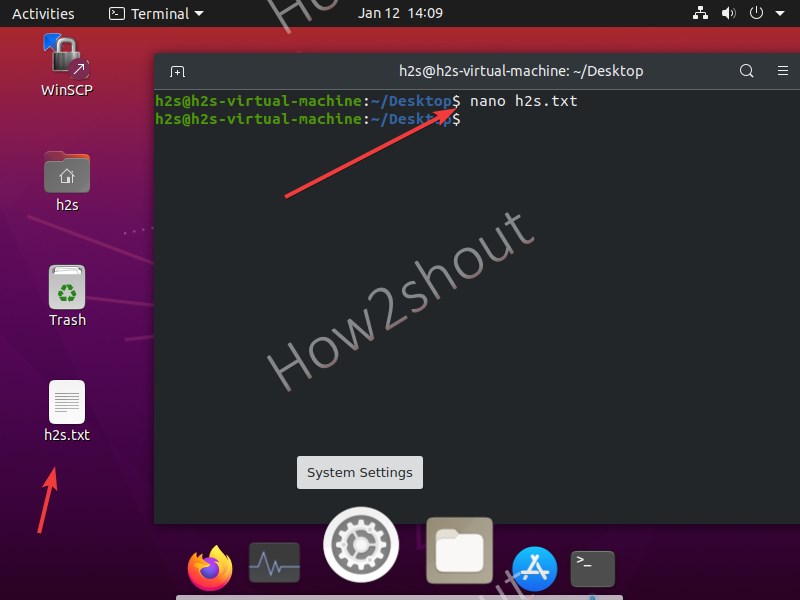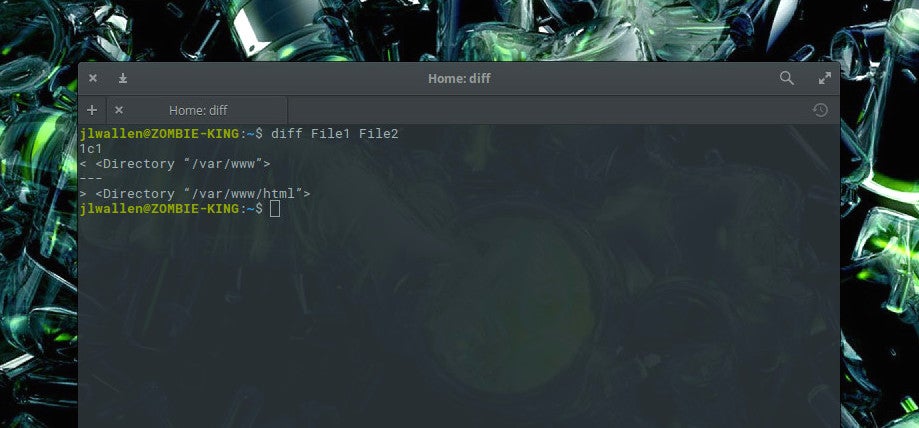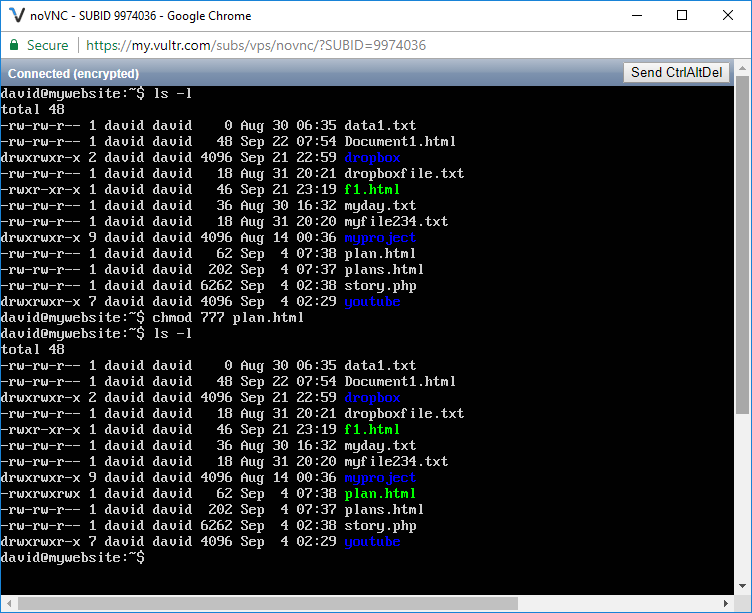

- LINUX EDIT FILE FULL
- LINUX EDIT FILE WINDOWS
Usually the first character of "extension" would be a dot "." so you would write:

The backup has the original filename with "extension" added. option.Ĭreate a backup of the original file in the guest disk image. To override this and force a particular format use the -format=. The format of the disk image is auto-detected. If the virtual machine has multiple block devices, you must supply all of them with Virt-edit -d mydomain /etc/inittab -e 's/^id.*/id:5:initdefault:/' OptionsĪdd file which should be a disk image from a virtual machine. Virt-edit -d mywindomain 'c:\autoexec.bat'If Perl is installed, you can also edit files non-interactively (see "NON-INTERACTIVE EDITING " below).
LINUX EDIT FILE WINDOWS
Virt-edit -d mydomain /etc/passwdFor Windows guests, some Windows paths are understood: "virt-edit" cannot be used to create a new file. If you want to just view a file, use virt-cat(1).įor more complex cases you should look at the guestfish(1) tool (see " USING GUESTFISH " below).
LINUX EDIT FILE FULL
Each filename must be a full path, starting at the root directory (starting Multiple filenames can be given, in which case they are each edited in turn. "virt-edit" is a command line tool to edit "file" where each "file" exists in the named virtual machine (or disk image). "virt-edit" tries to stop you from doing this, but doesn't catch all cases. If you do this, you risk disk corruption in the VM. You must not use "virt-edit" on live virtual machines. Virt-edit - Edit a file in a virtual machine To switch to Ex mode, from command mode, type. The commands are displayed at the bottom of the page and must be validated with the ENTER key. It is also in Ex mode where search and replace commands are entered. The Ex mode allows you to act on the file (saving, layout, options.
Delete (cut) the text from the current line:. Copy from the cursor to the end of the line:. Copy from the beginning of the line to the cursor:. Delete (cut) from the cursor to the end of the line:. Delete (cut) from the beginning of the line to the cursor:.  Paste what has been copied or deleted once or n times before the current line:. Paste what has been copied or deleted once or n times after the current line:. If it is not pasted afterwards, the buffer is emptied and the word is deleted. It is necessary to position the cursor under the first character of the word to cut (or copy) otherwise VI will cut (or copy) only the part of the word between the cursor and the end. VI switches to insert mode after entering one of these keys. In command mode, there are several ways to insert text. If the line is finished, VI goes automatically to the next line. If the cursor is in the middle of a word w moves to the next word, b moves to the beginning of the word. Punctuation characters and apostrophes separate words. From a character ¶Ġ or POS1 From the first character of a word ¶ The cursor is placed under the desired character. VI remains in command mode after moving the cursor. The mouse is not active in a text environment but is in a graphic environment, it is possible to move it character by character, but shortcuts exist to go faster. In command mode, there are several ways to move the cursor. The command is validated by pressing the ENTER key. To access it, you must first switch to command mode, then enter the ex command frequently starting with the character. The changes are only effective when the file is saved. The text is not entered directly into the file but into a buffer zone in the memory. To access it from the command mode, you have to press special keys that will perform an action in addition to changing the mode. The commands are not displayed on the screen. These are essentially commands for editing text (copy, paste, undo. To access it from any of the other modes, simply press the ESC key.Īt this time, all keyboard typing is interpreted as commands and the corresponding actions are executed. This is the default mode when VI starts up. The third mode, ex, is a footer command mode from an old text editor. The philosophy of VI is to alternate between the command mode and the insertion mode. There is no periodic backup, so you must remember to save your work regularly. Verifying DISA STIG Compliance with OpenSCAP - Part 2 Host-based Intrustion Detection System (HIDS)īash - Conditional structures if and case Building and Installing Custom Linux KernelsĪutomatic Template Creation - Packer - Ansible - VMware vSphere
Paste what has been copied or deleted once or n times before the current line:. Paste what has been copied or deleted once or n times after the current line:. If it is not pasted afterwards, the buffer is emptied and the word is deleted. It is necessary to position the cursor under the first character of the word to cut (or copy) otherwise VI will cut (or copy) only the part of the word between the cursor and the end. VI switches to insert mode after entering one of these keys. In command mode, there are several ways to insert text. If the line is finished, VI goes automatically to the next line. If the cursor is in the middle of a word w moves to the next word, b moves to the beginning of the word. Punctuation characters and apostrophes separate words. From a character ¶Ġ or POS1 From the first character of a word ¶ The cursor is placed under the desired character. VI remains in command mode after moving the cursor. The mouse is not active in a text environment but is in a graphic environment, it is possible to move it character by character, but shortcuts exist to go faster. In command mode, there are several ways to move the cursor. The command is validated by pressing the ENTER key. To access it, you must first switch to command mode, then enter the ex command frequently starting with the character. The changes are only effective when the file is saved. The text is not entered directly into the file but into a buffer zone in the memory. To access it from the command mode, you have to press special keys that will perform an action in addition to changing the mode. The commands are not displayed on the screen. These are essentially commands for editing text (copy, paste, undo. To access it from any of the other modes, simply press the ESC key.Īt this time, all keyboard typing is interpreted as commands and the corresponding actions are executed. This is the default mode when VI starts up. The third mode, ex, is a footer command mode from an old text editor. The philosophy of VI is to alternate between the command mode and the insertion mode. There is no periodic backup, so you must remember to save your work regularly. Verifying DISA STIG Compliance with OpenSCAP - Part 2 Host-based Intrustion Detection System (HIDS)īash - Conditional structures if and case Building and Installing Custom Linux KernelsĪutomatic Template Creation - Packer - Ansible - VMware vSphere







 0 kommentar(er)
0 kommentar(er)
